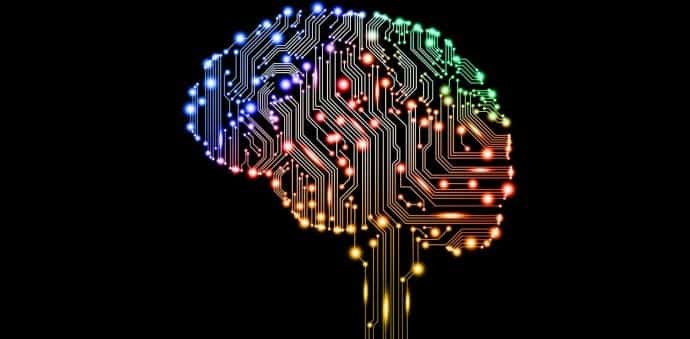Google wishes that our smartphones can very soon see the way we humans do
Google had made an announcement last week that it wants to put machine learning in mobile devices and to make it possible the search would be collaborating with the chip manufacturer Movidius. Considered as a branch of artificial intelligence, machine learning can be used to program computers in such a way that it can identify patterns in data based on previous sets of data. This is what part of Facebook uses to identify your face in photos, and allows IBM’s Watson to diagnose cancer patients and come up with recipe ideas. But, in order to scan through all the data, most of these computations require strong internet connections to large servers.
On the other hand, Movidius’s new chips do not need a lot of power to run. Without help from servers, they can do complex computations right on the device they are in, which may be able to bring AI to smartphones and tablets, and even robots and drones one day.
In a video released by the two companies, Blaise Aguera y Arcas, Google’s machine intelligence research head, said “Instead of us adapting to computers and having to learn their language, computers are becoming more and more intelligent in the sense that they adapt to us.” As part of the new partnership, Google will license Movidius’ chips, and aid the company with its technology.
Google wasn’t available immediately to provide information on how it hopes to use Movidius’s chips. However, there could soon be a Movidius-powered Android device that uses its camera not only to see and record, but to make sense of the world, just like humans do, considering smartphones are one of its few consumer products.
The announcement has some pretty wide-ranging repercussions. Drones, at this point, are basically flying smartphones, and one of the biggest hindrances to drone-based home delivery is that they keep crashing into hurdles. Researchers worldwide as well as major companies like Amazon are working on low-power technology to enable a drone to “see” and react if something gets in its way. Drones may soon be able to make it to their destinations in one piece, if Movidius’s chips prove as energy-efficient as claimed.
The first smartphone that could see the world was introduced by Lenovo at last month’s Consumer Electronics Show, which is the product of a partnership with Google’s larger computer vision commercialization project, called Project Tango. This phone would be able measure exactly how big an object is by eyeballing it, or tell you exactly where something is in a supermarket by connecting to the supermarket’s database. Still others are looking for ways to include this low-power computer vision tech into robots. We have hope that Google and Movidius’s association very soon make robots that can do much more than rolling into walls or vacuum the floor.
